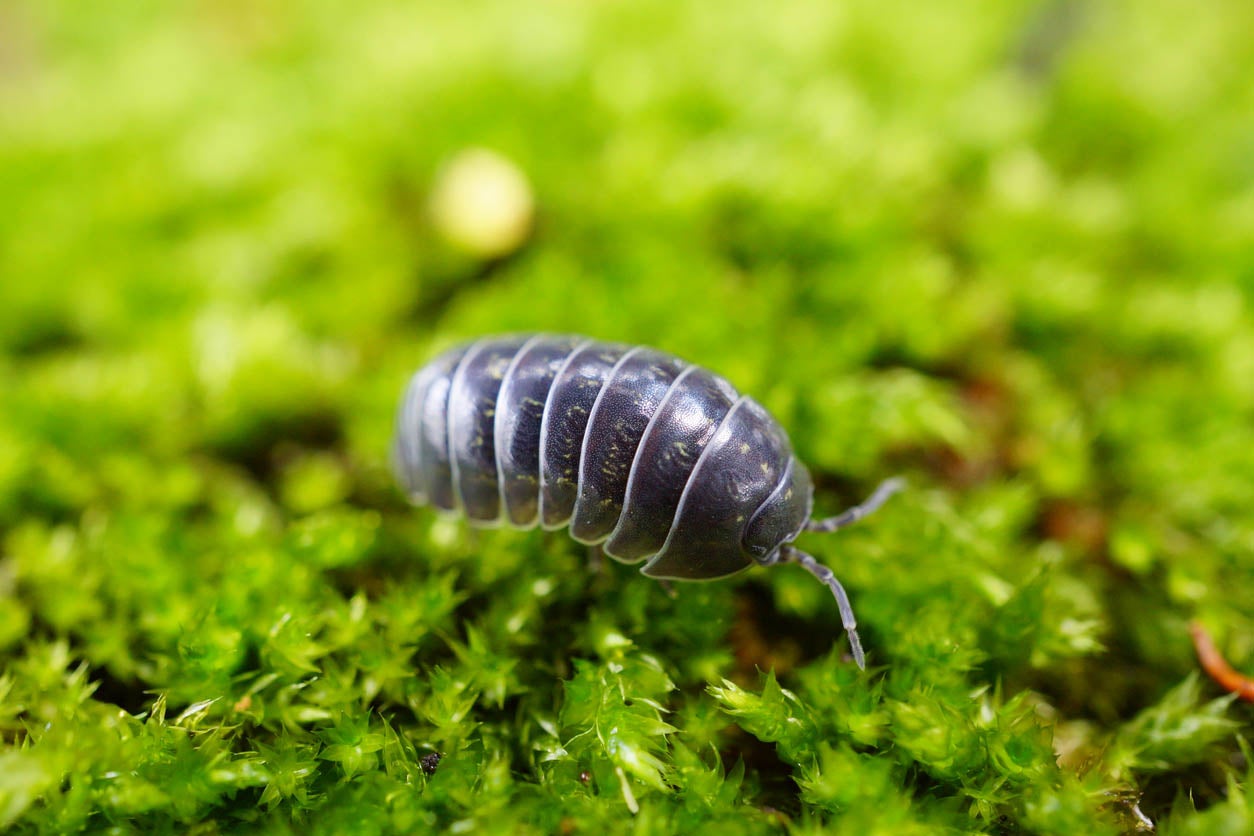

Articles
How To Get Rid Of Pill Bugs In Garden
Modified: January 20, 2024
Looking for ways to get rid of pill bugs in your garden? Check out our expert gardening tips and techniques to eliminate these pesky pests and keep your garden healthy and thriving.
(Many of the links in this article redirect to a specific reviewed product. Your purchase of these products through affiliate links helps to generate commission for Storables.com, at no extra cost. Learn more)
Introduction
Welcome to a comprehensive guide on how to tackle one of the common pests in gardening: pill bugs. These small, segmented creatures may not look particularly threatening, but they can wreak havoc on your carefully tended garden beds if left unchecked. In this article, we will delve into the world of pill bugs, understanding their behavior, the damage they can cause, and, most importantly, effective methods to prevent and control their population.
Pill bugs, also known as woodlice or sowbugs, are crustaceans and belong to the isopod family. They are characterized by their oval-shaped bodies and prominent antennae. Pill bugs have a hard exoskeleton that protects them from external threats and aids in retaining moisture. Their segmented bodies are capable of rolling up into a tight ball when threatened, which gives them their distinctive “pill” shape. These fascinating creatures are predominantly nocturnal, seeking refuge in damp and dark areas during the day.
While pill bugs primarily feed on decaying organic matter, they can also nibble on young seedlings, soft fruits, and vegetables in your garden. This occasional feeding on live plants is what brings them into conflict with gardeners. The pill bugs’ feeding behavior can cause significant damage to delicate plant tissue, leading to stunted growth or even death in severe cases.
Now that we understand the potential threat pill bugs can pose to our gardens, let’s explore the various prevention and control measures we can implement to keep their populations in check. By adopting these strategies, you can create a healthier growing environment and protect your cherished plants from pill bug damage.
Key Takeaways:
- Protect your garden from pill bugs by creating an inhospitable environment through drainage improvement and natural predator attraction. Employing trap crops and biological control methods can effectively manage their population.
- Prioritize prevention and natural control methods for pill bugs, reserving chemical options as a last resort. Safely and selectively apply insecticides, integrating them into an integrated pest management approach when necessary.
Read more: How To Get Rid Of Bugs On Mums
Understanding Pill Bugs: Physical Characteristics and Behavior
In order to effectively control pill bugs in your garden, it is essential to have a good understanding of their physical characteristics and behavior. This knowledge will help you identify them and develop suitable prevention and control methods.
Pill bugs are small terrestrial crustaceans that measure around 1 cm in length. They have a segmented body consisting of seven overlapping plates, giving them a distinct armored appearance. These plates provide protection and serve as a mechanism to retain moisture. Pill bugs are usually dark brown or gray in color, blending in well with the soil and debris they inhabit.
One unique characteristic of pill bugs is their ability to roll up into a defensive ball when threatened. This behavior is known as conglobation and is made possible by the flexible joints in their exoskeleton. When disturbed, they quickly curl their bodies into a tight ball, protecting their soft underbelly from potential predators.
Another key attribute of pill bugs is their affinity for moist environments. They are more active during wet conditions and tend to congregate in areas with high humidity. This includes damp soil, decaying vegetation, and dark, sheltered spots such as under rocks or logs. Pill bugs are particularly attracted to gardens with excessive moisture or poor drainage.
While pill bugs primarily feed on decaying organic matter, they can also consume young plant tissue when suitable food sources are scarce. However, it’s important to note that they are not an aggressive pest and are often opportunistic feeders. They prefer soft and tender plant tissue, so seedlings and young plants are more susceptible to pill bug damage.
Understanding the physical characteristics and behavior of pill bugs is crucial for developing effective prevention and control strategies. By identifying their preferred habitats and feeding habits, you can create a less favorable environment for them in your garden. In the next section, we will explore the damage that pill bugs can cause to your plants and discuss methods to prevent and control their population.
Damage Caused by Pill Bugs: Effects on Plants and Garden
While pill bugs primarily feed on decaying organic matter, they can cause damage to your plants when suitable food sources are scarce. Understanding the effects that pill bugs can have on your plants and garden is essential for implementing effective control measures.
One of the most common ways pill bugs damage plants is by feeding on the soft tissue of young seedlings and delicate plant parts. They have a preference for tender leaves, stems, and roots, which can result in stunted growth and even death in severe cases. Seedlings may experience significant damage as pill bugs can consume entire cotyledons or young leaves, leaving behind skeletal remains.
In addition to direct feeding damage, pill bugs can indirectly impact your plants and garden. They have a tendency to burrow into the soil, which can disturb root systems and create entry points for other pests and diseases. This can weaken the overall health and vigor of your plants, making them more susceptible to other stressors.
Pill bugs are also known to nibble on soft fruits and vegetables. This can lead to cosmetic damage or render the produce unsuitable for consumption. Common targets include strawberries, tomatoes, and young cucumbers.
Furthermore, pill bugs can cause aesthetic damage to your garden. They often leave behind characteristic chew marks on leaves and flowers, resulting in a less attractive appearance. This can be particularly frustrating for gardeners who take pride in the visual appeal of their plants.
To avoid significant plant damage and maintain the health and productivity of your garden, it is crucial to implement prevention and control methods that target pill bugs. In the next section, we will explore various strategies you can employ to prevent pill bug infestations and effectively manage their populations in your garden.
To get rid of pill bugs in your garden, try reducing moisture levels by watering in the morning, removing decaying plant matter, and using diatomaceous earth as a natural barrier.
Prevention and Control Methods
When it comes to dealing with pill bugs in your garden, prevention is the key. By creating an environment that is less favorable to these pests, you can effectively reduce their numbers and minimize the damage they cause to your plants. Additionally, implementing control methods can help manage their population and protect your garden. Here are some strategies you can employ:
- Removing favorable conditions: One of the first steps in preventing pill bug infestations is to modify their preferred habitats. Since pill bugs thrive in moist environments, improving drainage in your garden beds can make your soil less attractive to them. Avoid overwatering and ensure proper air circulation to limit excessive moisture. Additionally, removing debris, such as fallen leaves and organic matter, can reduce potential hiding places for pill bugs.
- Natural predators: Introducing natural predators of pill bugs can be an effective method of control. Birds, toads, and ground beetles are known to feed on pill bugs. Attracting these beneficial creatures to your garden can help keep pill bug populations in check. Providing birdhouses, creating shelters for toads, and utilizing companion planting to attract beneficial insects can encourage natural predators to visit your garden.
- Trap crops: Another strategy to minimize damage caused by pill bugs is to plant trap crops. These are sacrificial plants that are particularly attractive to pill bugs, diverting their attention away from your main crops. Common trap crops include lettuce, cabbage, and marigolds. Regularly inspect and remove the infested trap plants, effectively trapping and reducing pill bug populations.
- Barriers and repellents: Creating physical barriers can help prevent pill bugs from accessing your plants. Place copper strips or barriers around the base of vulnerable plants, as pill bugs are repelled by the electrical charge produced by copper. Additionally, applying repellents such as diatomaceous earth or crushed eggshells around your garden beds can deter pill bugs from crossing the barrier.
- Biological control options: Biological control methods involve using organisms that are natural enemies of pill bugs. Nematodes, microscopic parasites, can be applied to the soil to infect and kill pill bugs. Beneficial nematodes are available commercially and can be distributed in your garden to target pill bug populations. Additionally, certain species of parasitic wasps, such as the Trichogramma wasp, can also help in controlling pill bugs.
Implementing these prevention and control methods can significantly reduce pill bug populations and protect your plants from their damage. However, in some cases, chemical control options may be necessary. In the next section, we will explore the use of insecticides and the precautions you should take when considering this option.
Chemical Control Options
While prevention and natural control methods are often the preferred approach in managing pill bugs, there may be instances where chemical control becomes necessary. In such situations, the judicious use of insecticides can help in reducing pill bug populations and protecting your plants. Here are some considerations when using chemical control options:
- Insecticides and their application: Selecting the right insecticide is crucial to effectively control pill bugs. Look for products that specifically target sowbugs and pillbugs. Common active ingredients in insecticides for pill bug control include carbaryl, pyrethroids, and metaldehyde. Follow the instructions provided on the product label for correct mixing ratios and application methods.
- Precautions and safety measures: When using insecticides, it is essential to prioritize safety. Follow all safety guidelines mentioned on the product label, including wearing appropriate protective clothing, such as gloves and goggles. Prevent children and pets from entering treated areas until the insecticide has dried or as indicated on the product label.
- Localized application: Consider spot-treating areas where pill bugs are concentrated or causing the most damage. Direct the spray onto the soil surface where the pill bugs are active. Avoid spraying directly onto the plants or excessive application, as this can harm beneficial insects and other non-target organisms.
- Timing: Apply insecticides during the evening or early morning, as pill bugs are more active during these times. This increases the chances of them coming into contact with the insecticide and enhances its effectiveness.
- Integrated Pest Management (IPM): Incorporating chemical control methods into an integrated pest management approach is recommended. IPM emphasizes a holistic approach to pest control, combining various strategies to manage pest populations in an environmentally responsible manner.
Remember, chemical control measures should be considered as a last resort. It is important to assess the severity of the infestation and explore non-chemical alternatives before resorting to insecticides. Regular monitoring and implementing preventive measures can significantly reduce the need for chemical control methods.
By implementing the appropriate prevention and control methods, you can effectively manage pill bug populations in your garden and protect your plants from their damage. Let’s wrap up the article with some final thoughts.
Read more: How To Get Rid Of Basement Bugs
Conclusion
Pill bugs, with their distinctive appearance and feeding habits, can pose a threat to your garden. However, by understanding their characteristics and implementing effective prevention and control methods, you can successfully manage their populations and minimize the damage to your plants.
Creating an unfavorable environment for pill bugs is the first line of defense. By removing favorable conditions such as excess moisture and debris, you can make your garden less appealing to them. Additionally, attracting natural predators and using trap crops can help divert their attention away from your main plants.
Physical barriers and repellents can be employed to deter pill bugs from accessing your plants. Copper strips or barriers and the application of substances like diatomaceous earth can be effective in creating barriers they will avoid. Furthermore, biological control options, such as introducing beneficial nematodes or parasitic wasps, can help in reducing pill bug populations.
When necessary, chemical control options can be considered, but they should be used selectively and in accordance with safety guidelines. Spot-treating areas with concentrated pill bug populations and using insecticides specifically formulated for pill bug control can provide targeted and effective results.
It’s important to remember that a holistic approach to pest management, including integrated pest management strategies, is always recommended. Regular monitoring, preventive measures, and maintaining a healthy garden ecosystem can go a long way in preventing pill bug infestations and minimizing their impact.
By following these prevention and control methods, you can create a garden environment that is less favorable to pill bugs, ensuring the health and vitality of your plants. Enjoy the rewards of your hard work and watch your garden thrive!
Frequently Asked Questions about How To Get Rid Of Pill Bugs In Garden
Was this page helpful?
At Storables.com, we guarantee accurate and reliable information. Our content, validated by Expert Board Contributors, is crafted following stringent Editorial Policies. We're committed to providing you with well-researched, expert-backed insights for all your informational needs.
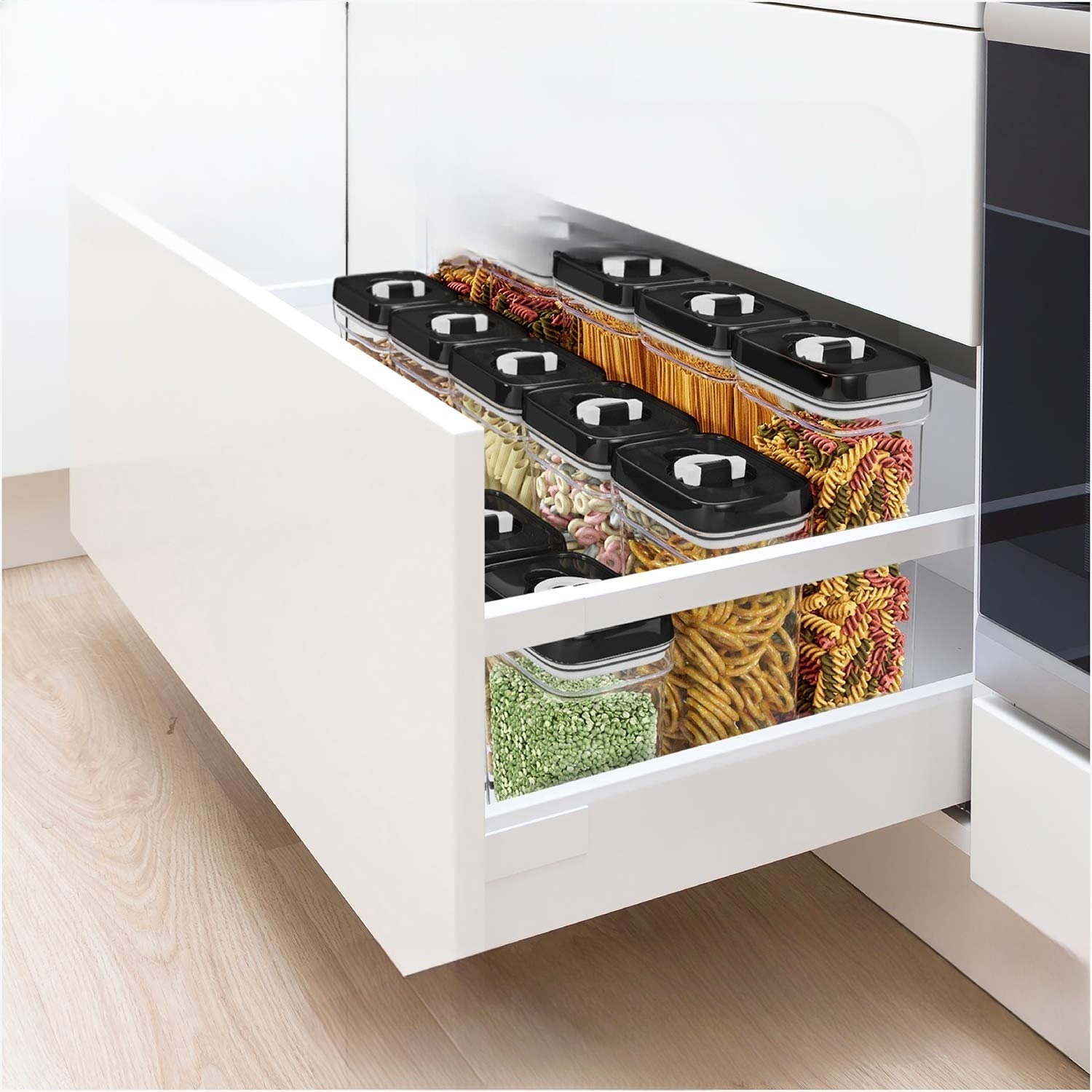
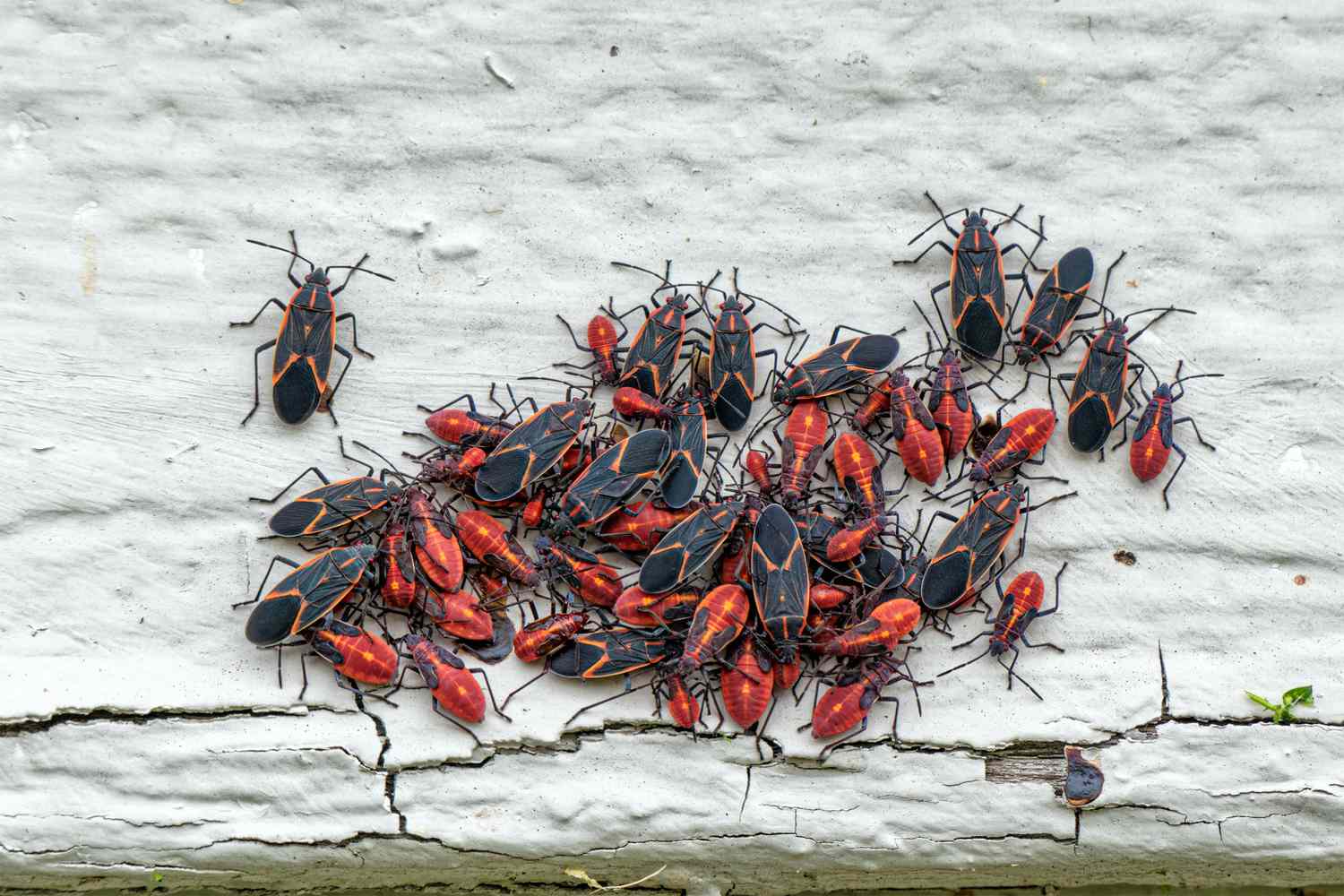
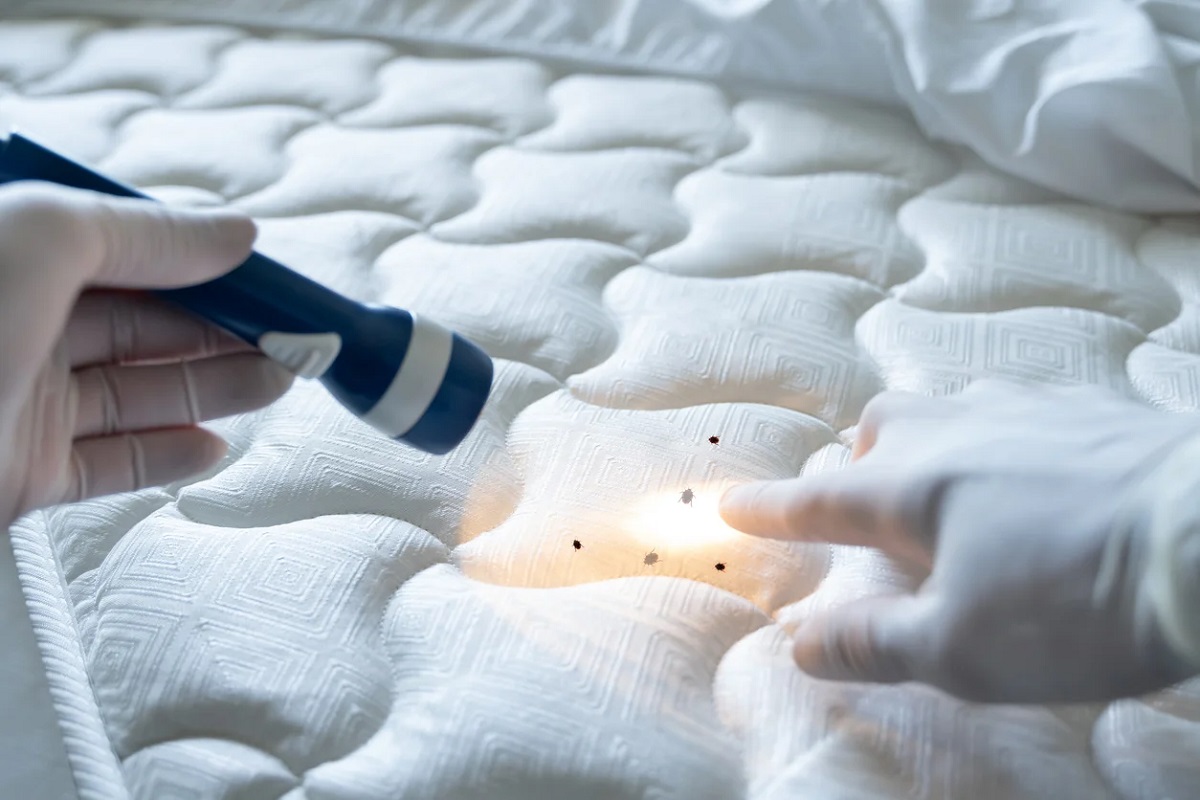
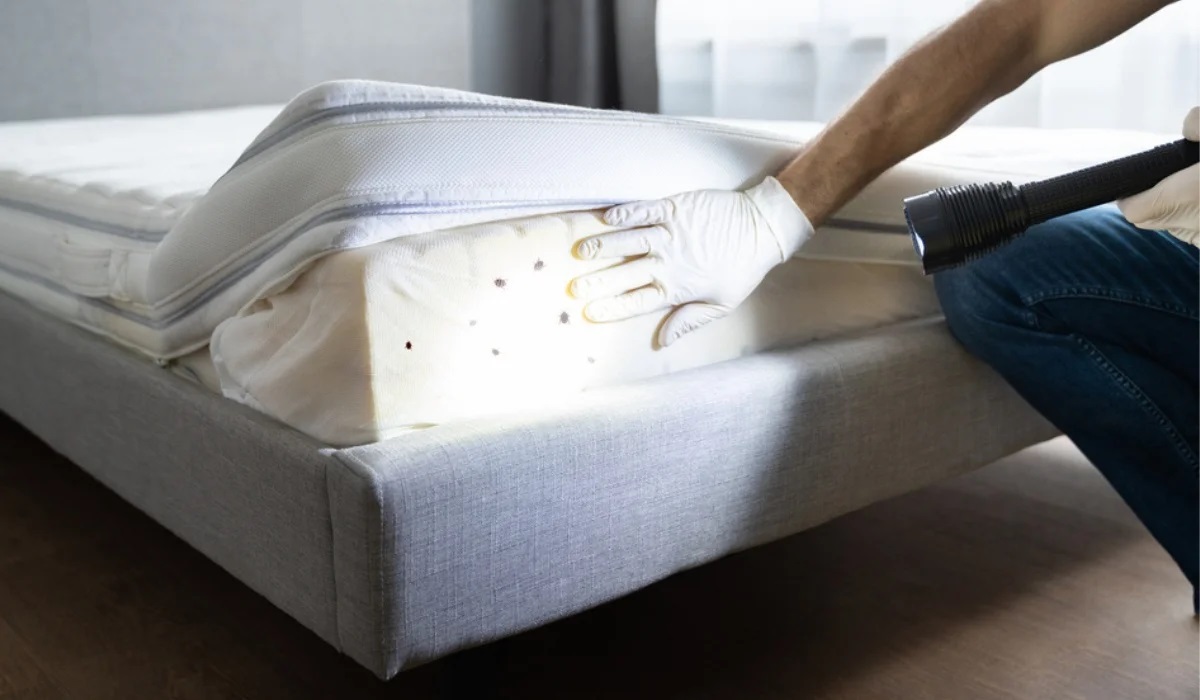
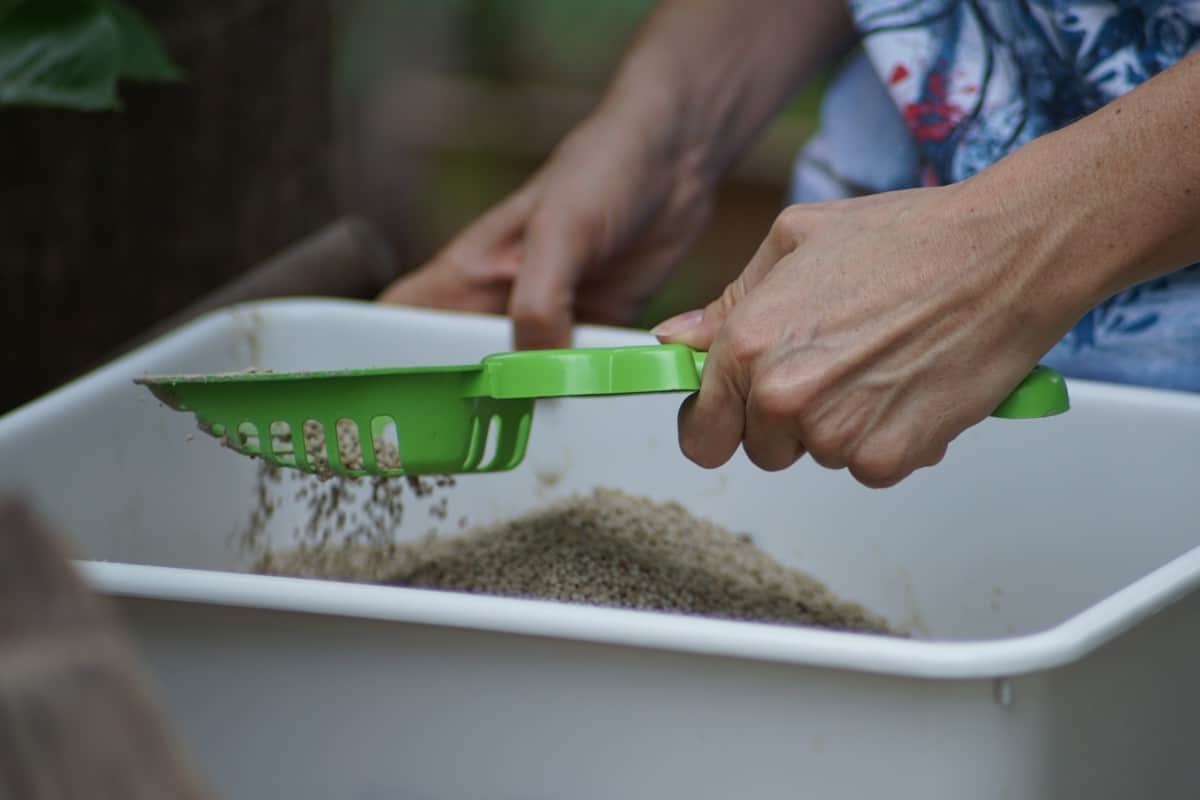

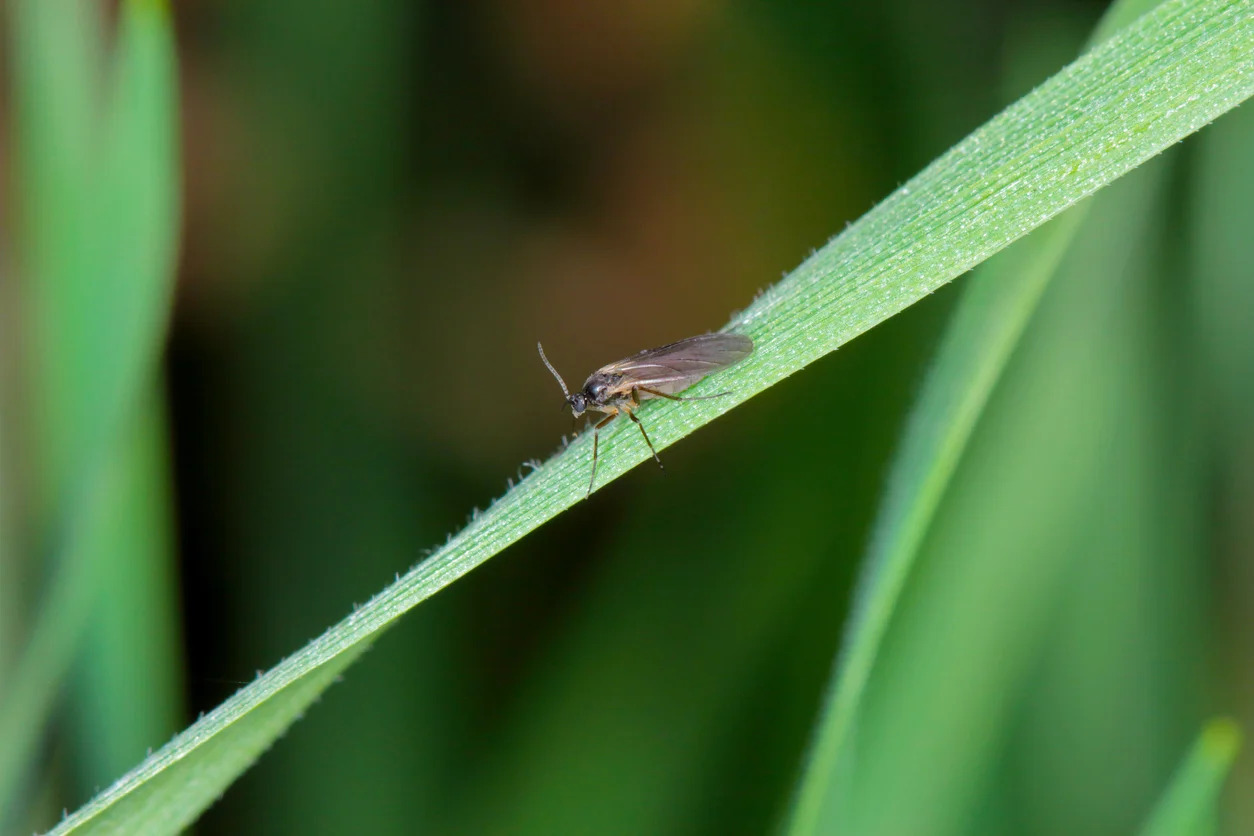
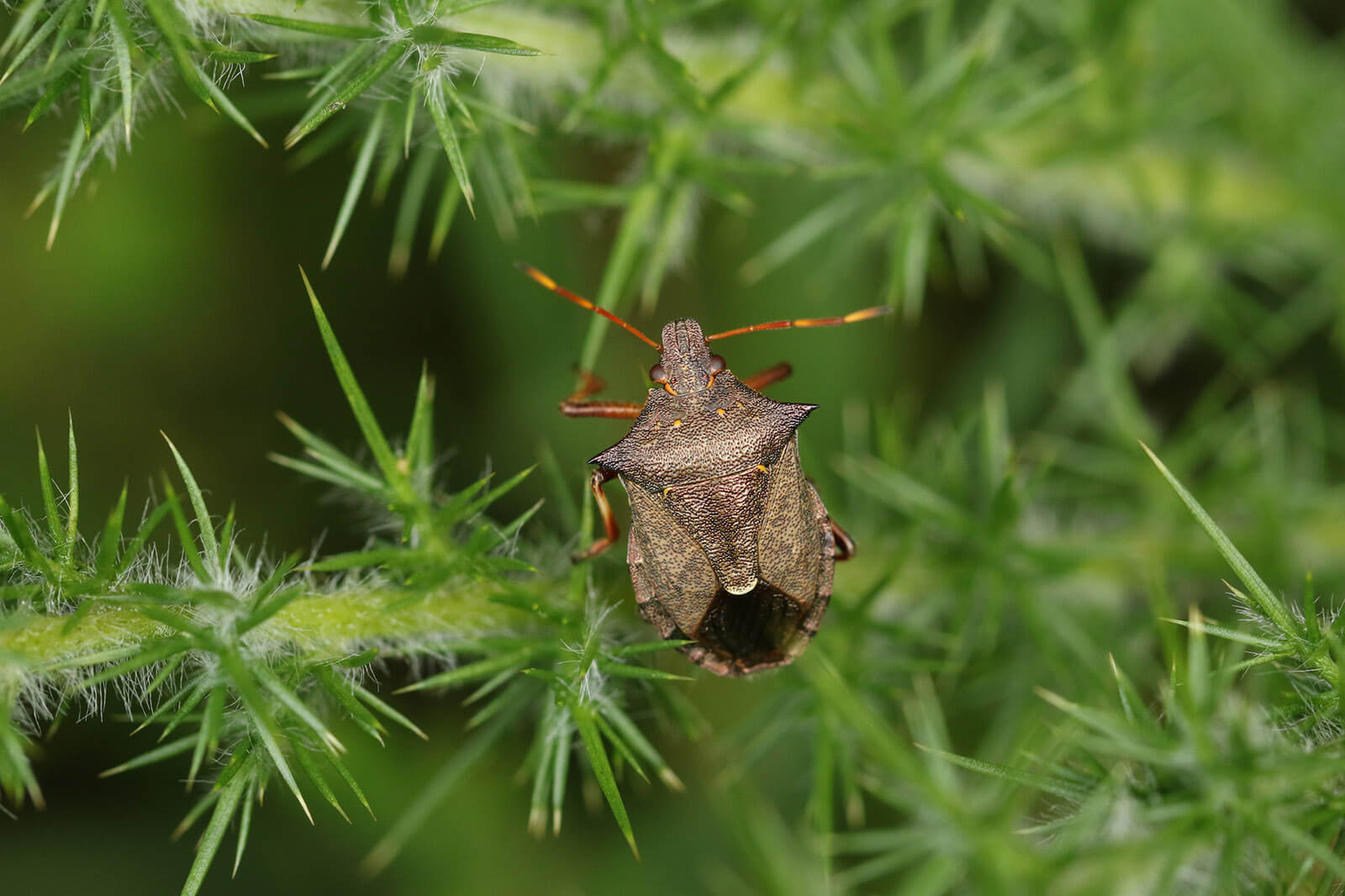

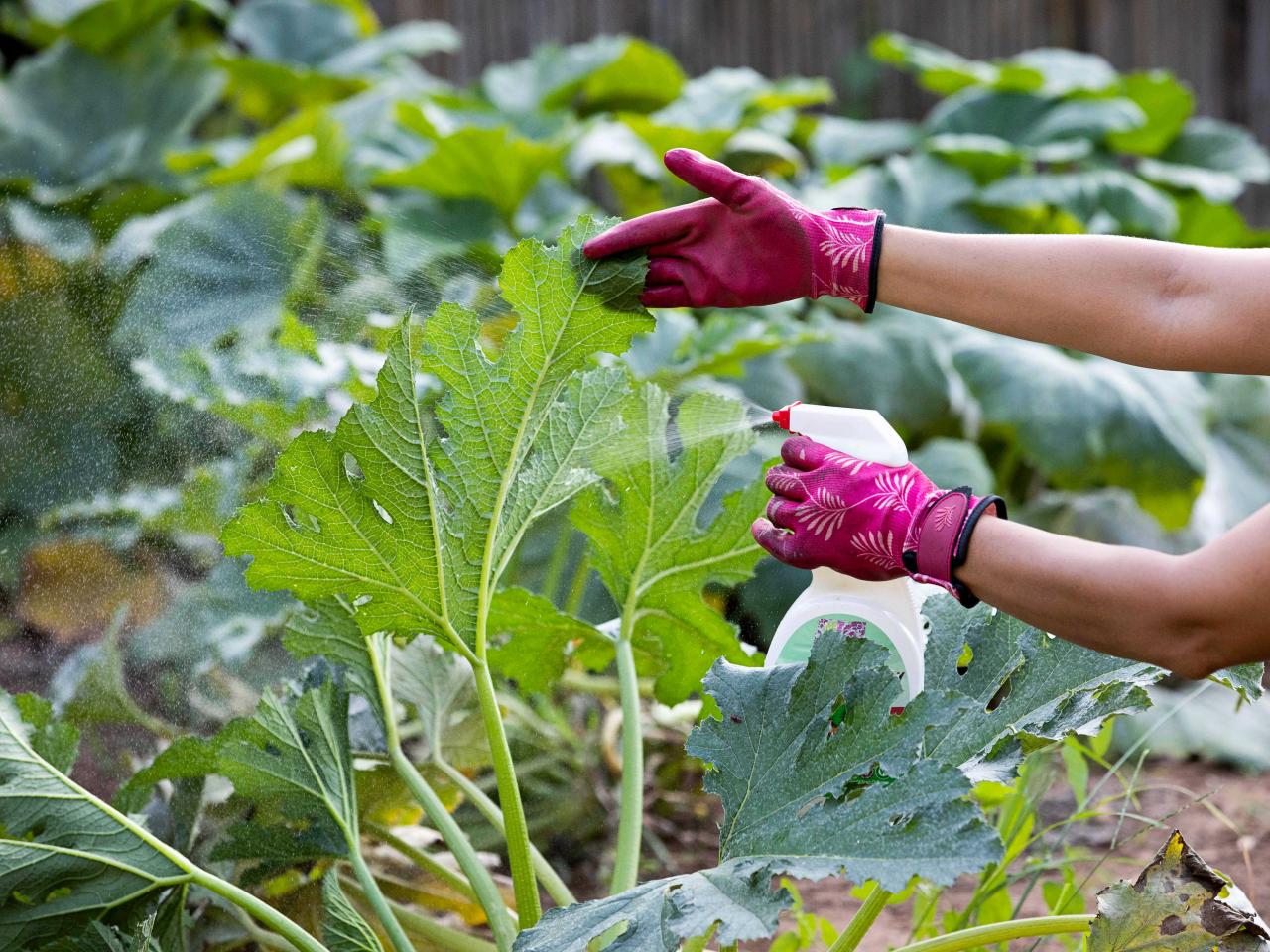
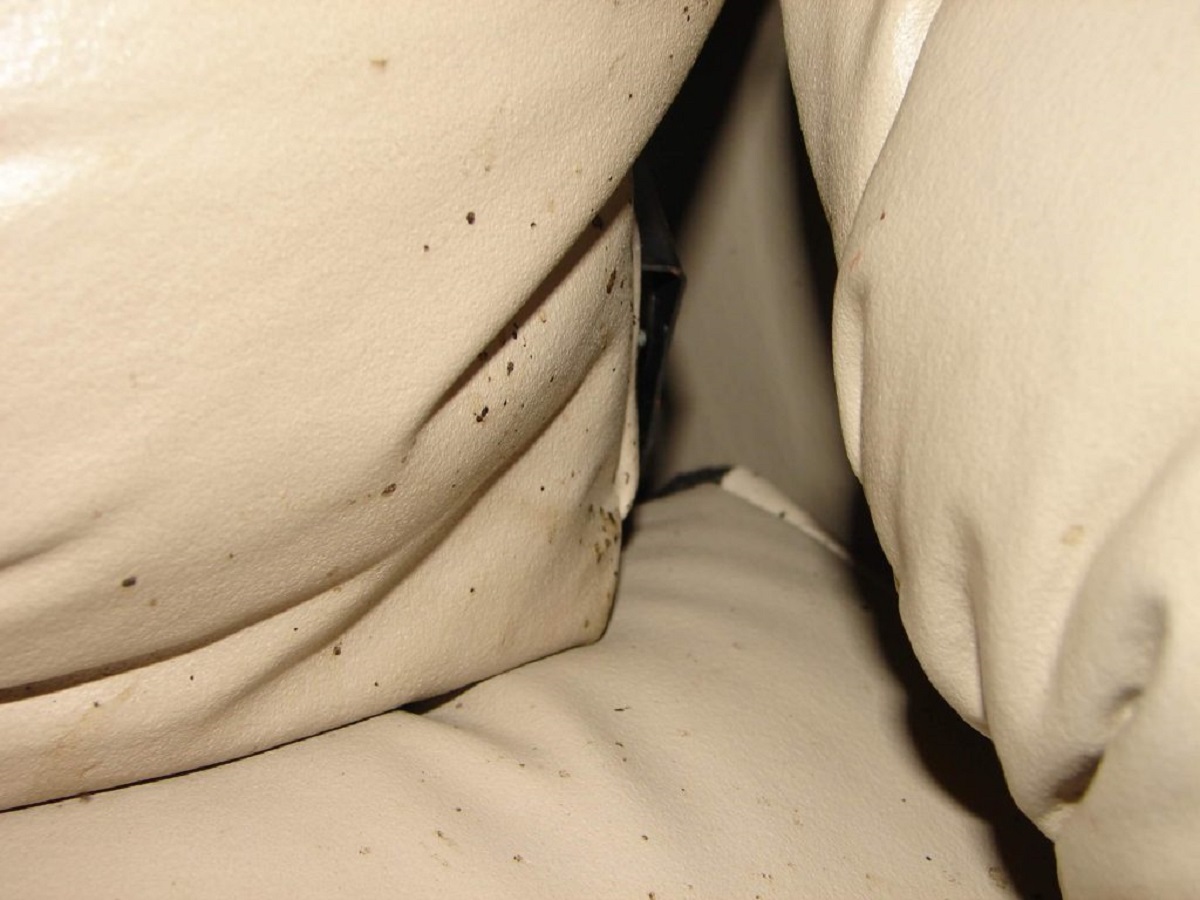
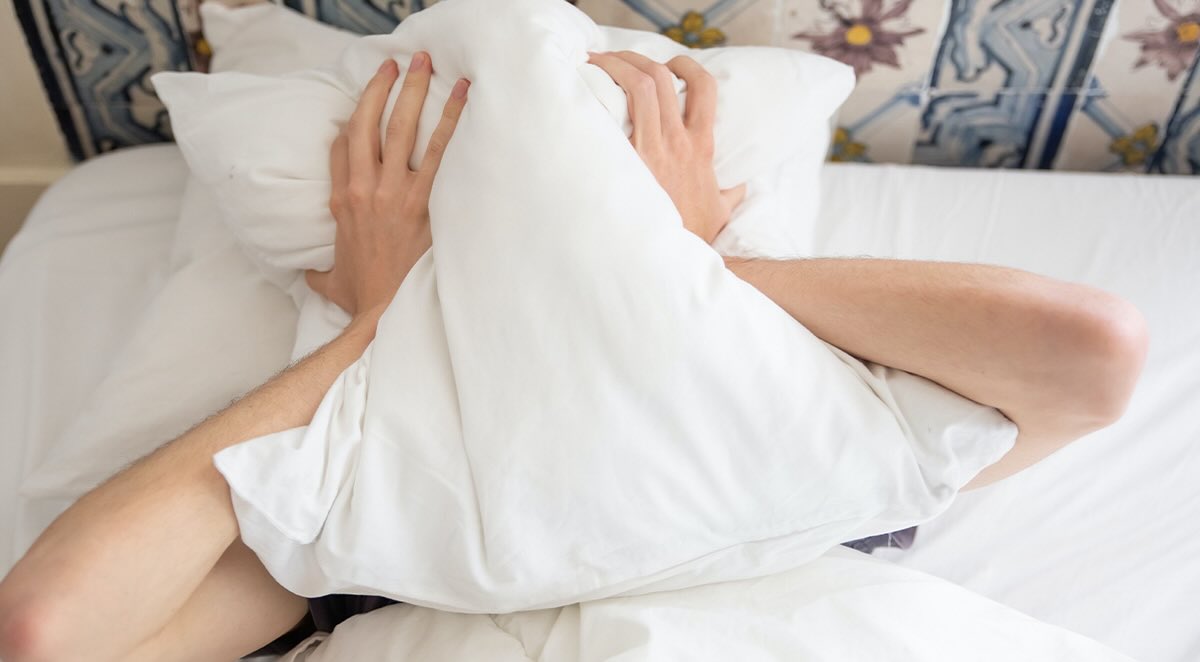
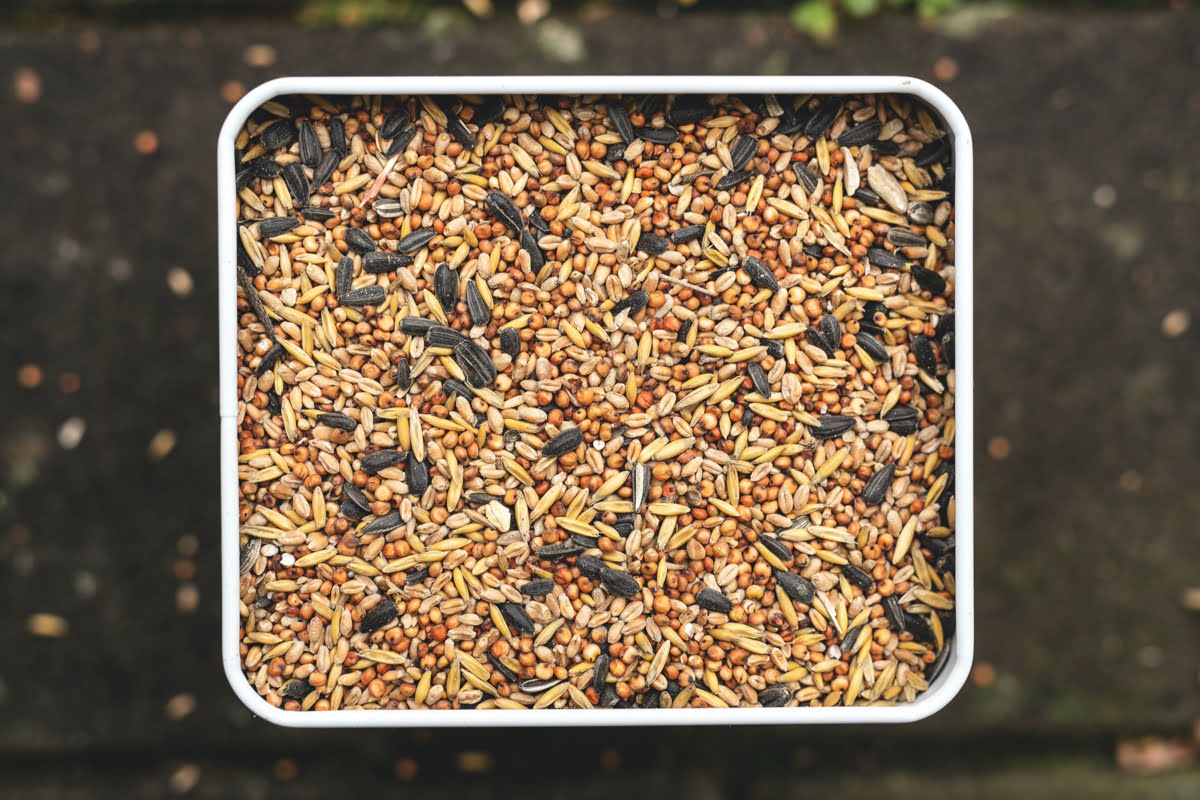
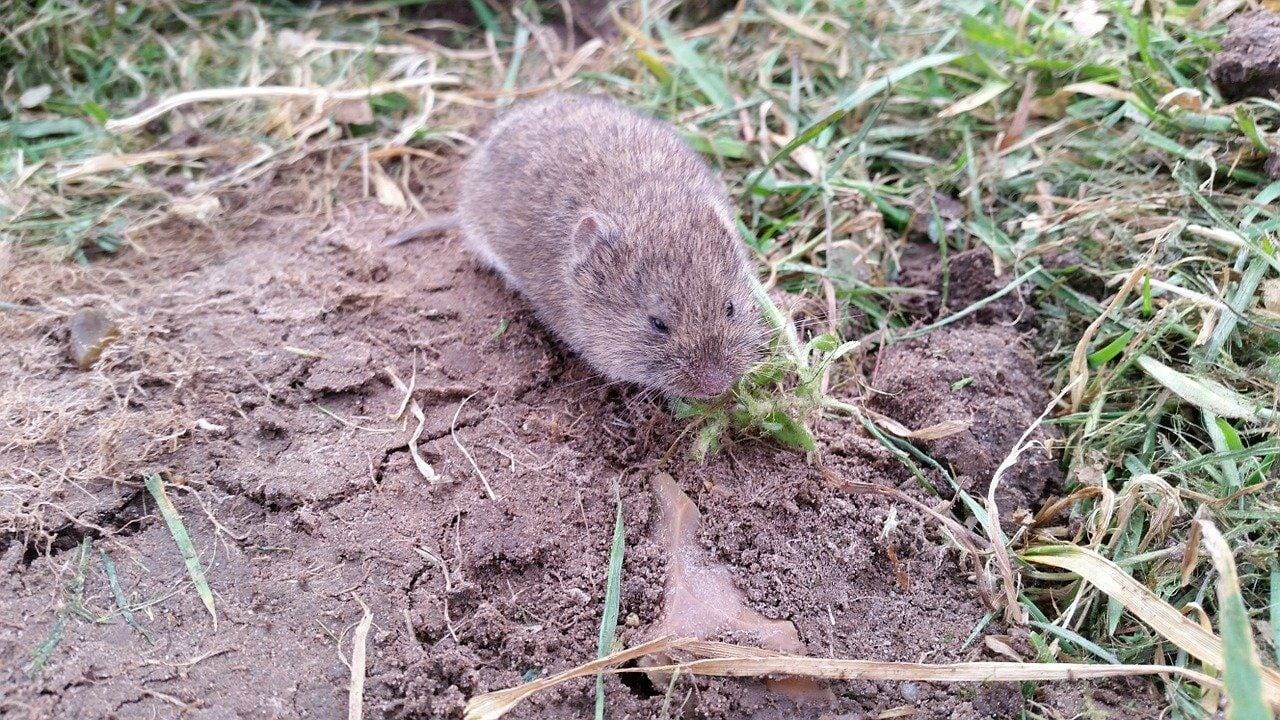

0 thoughts on “How To Get Rid Of Pill Bugs In Garden”